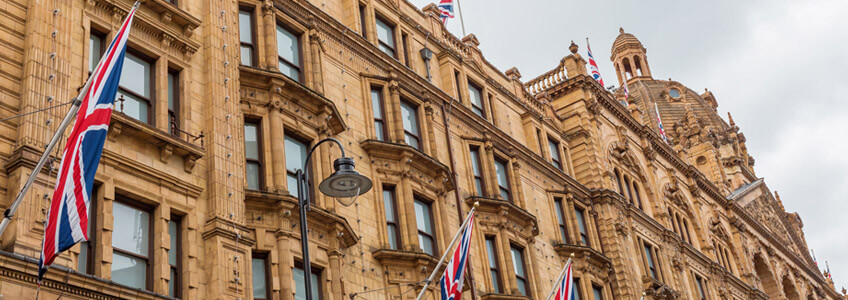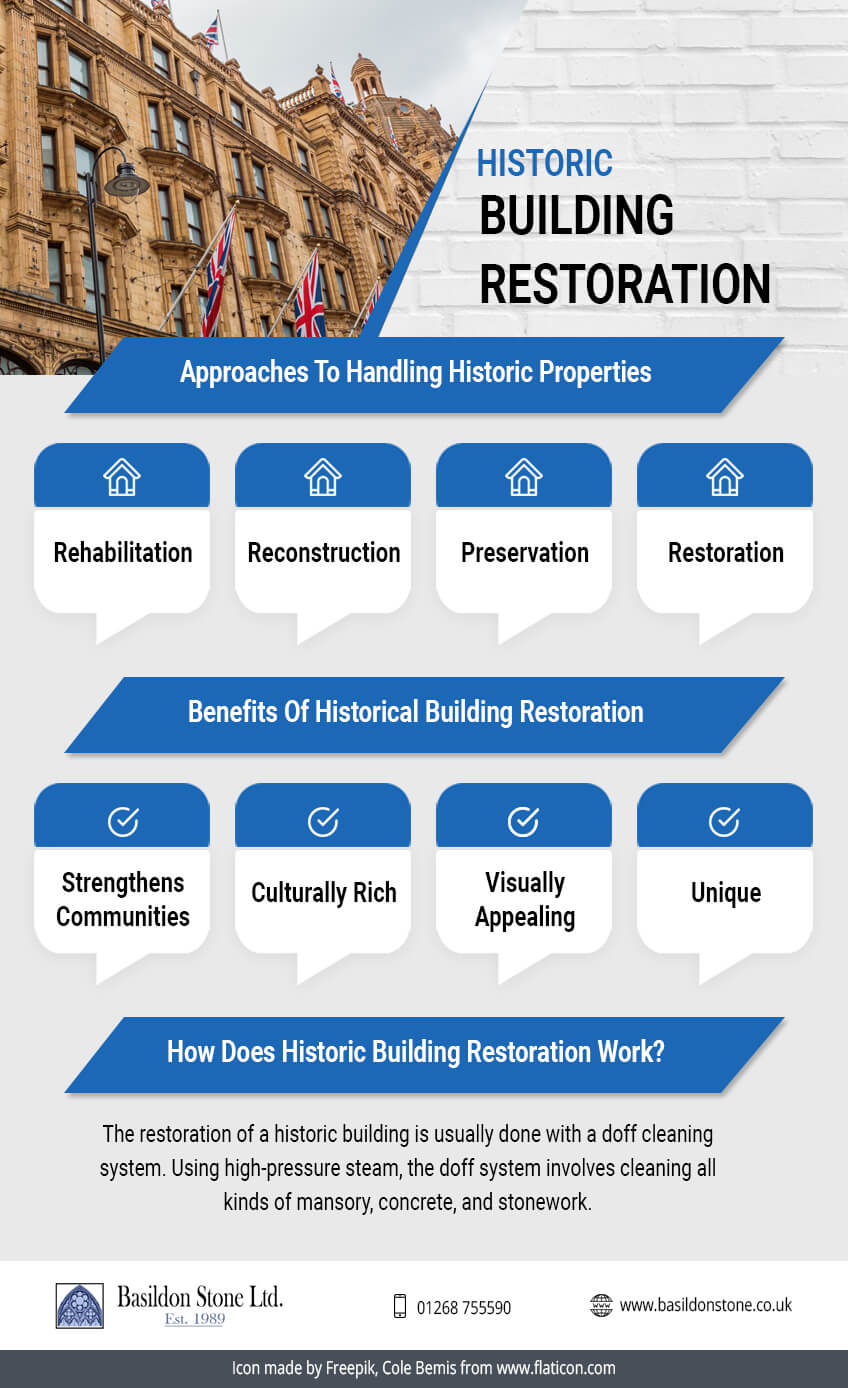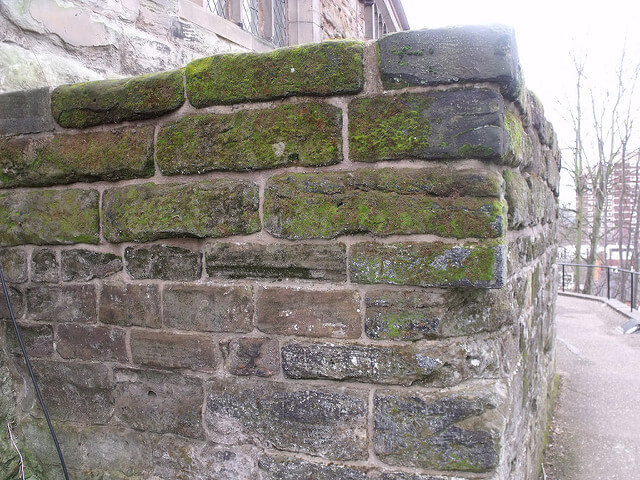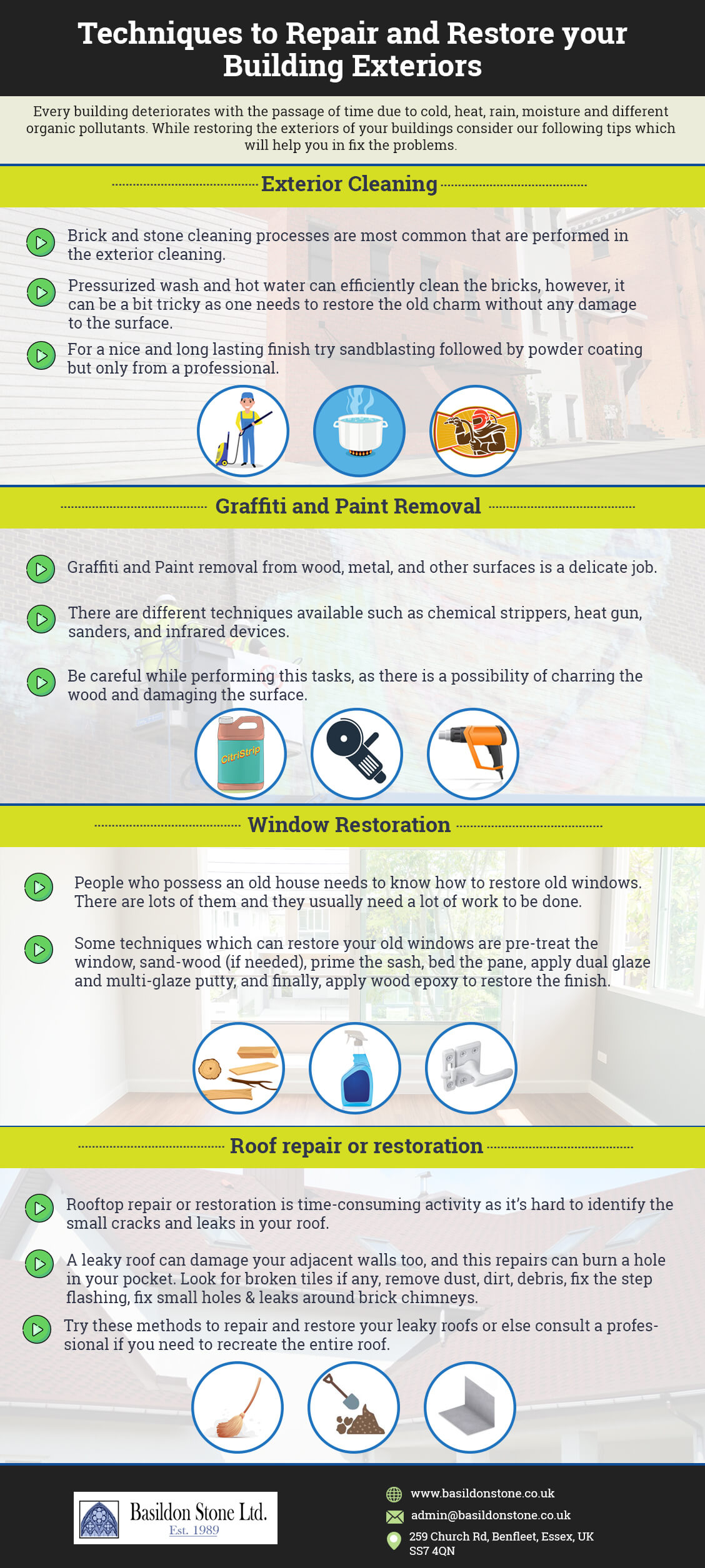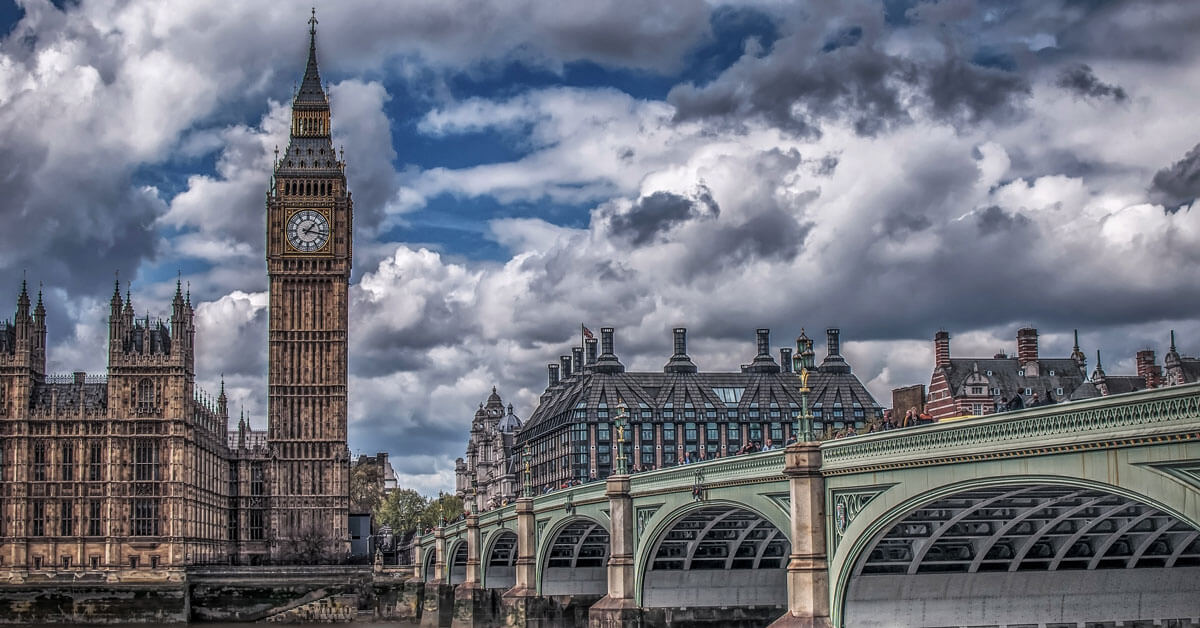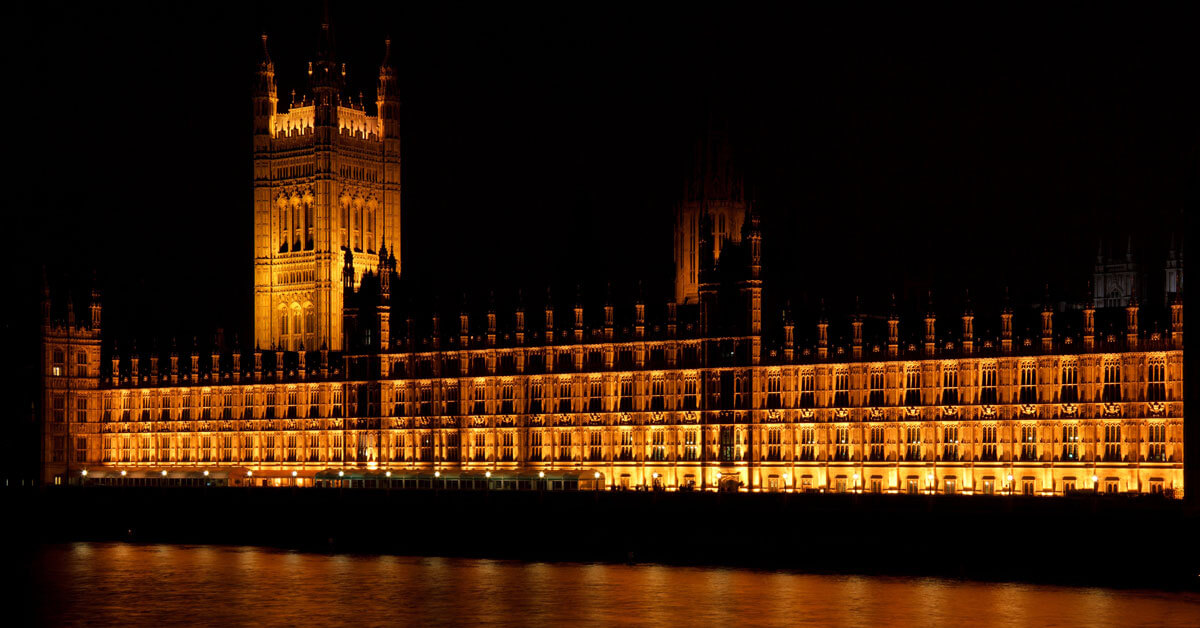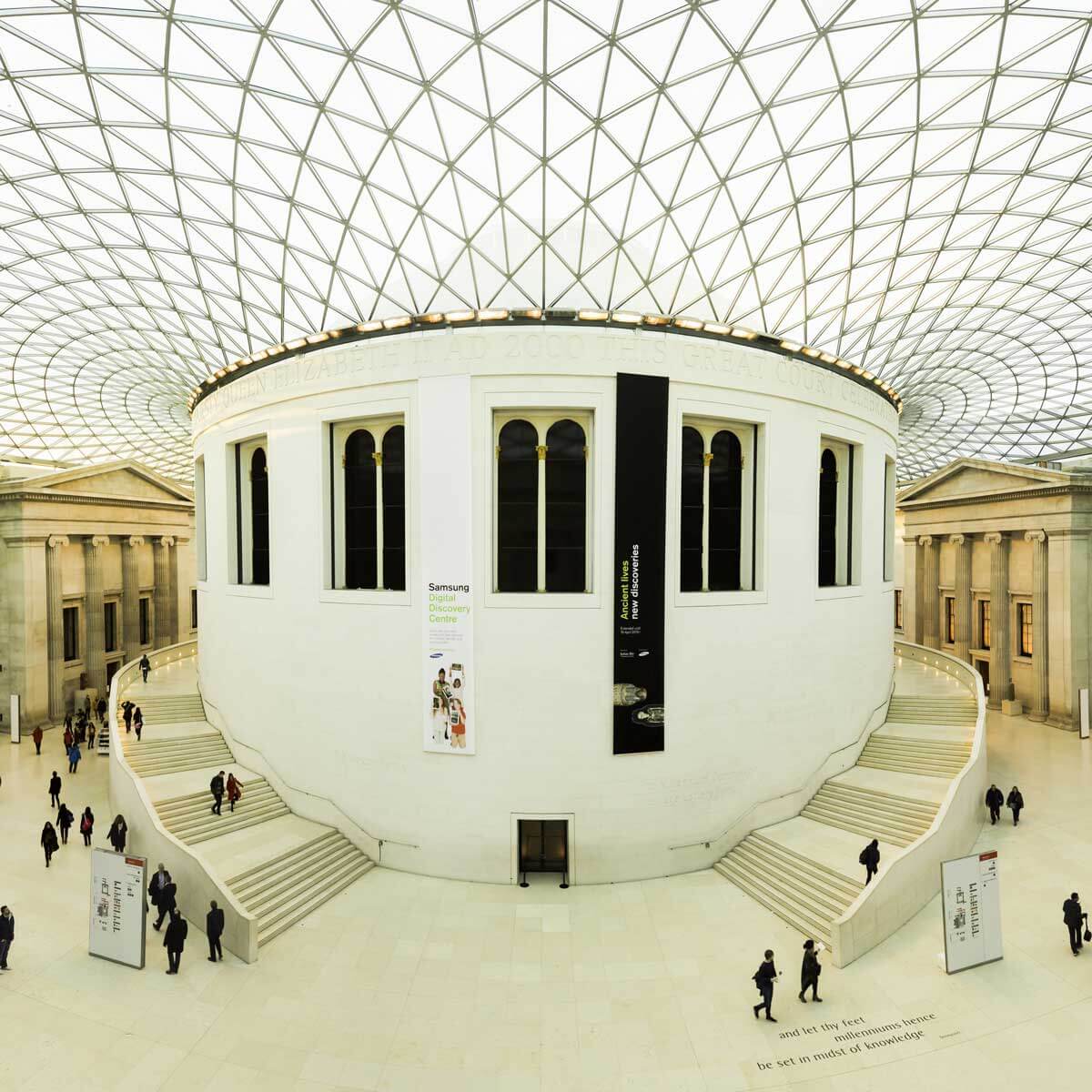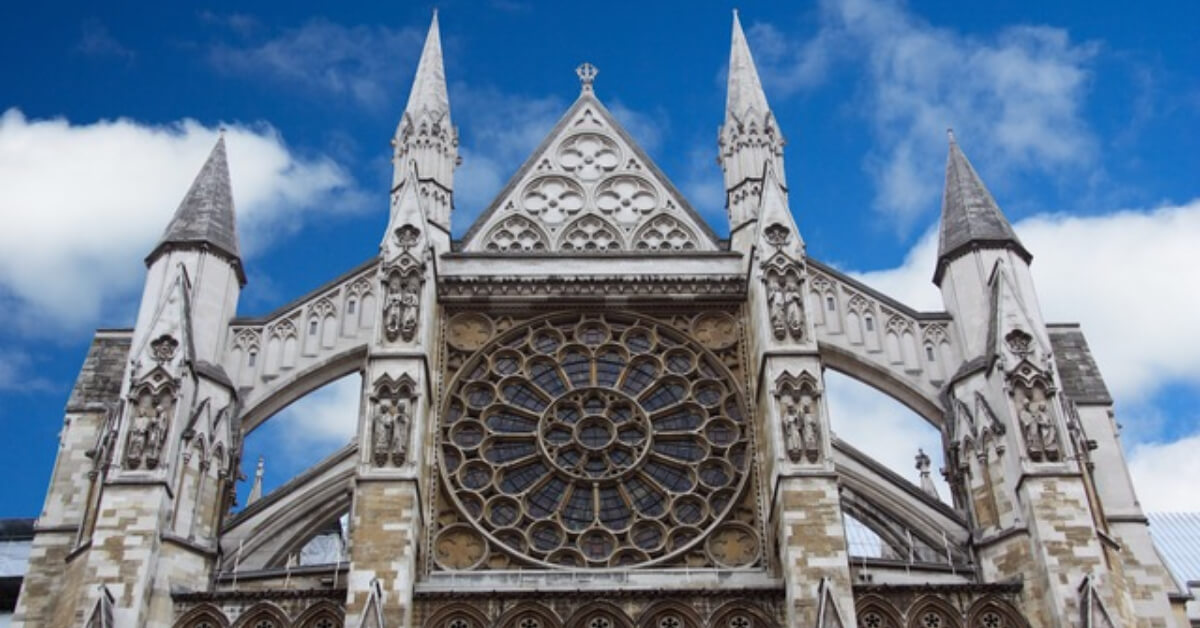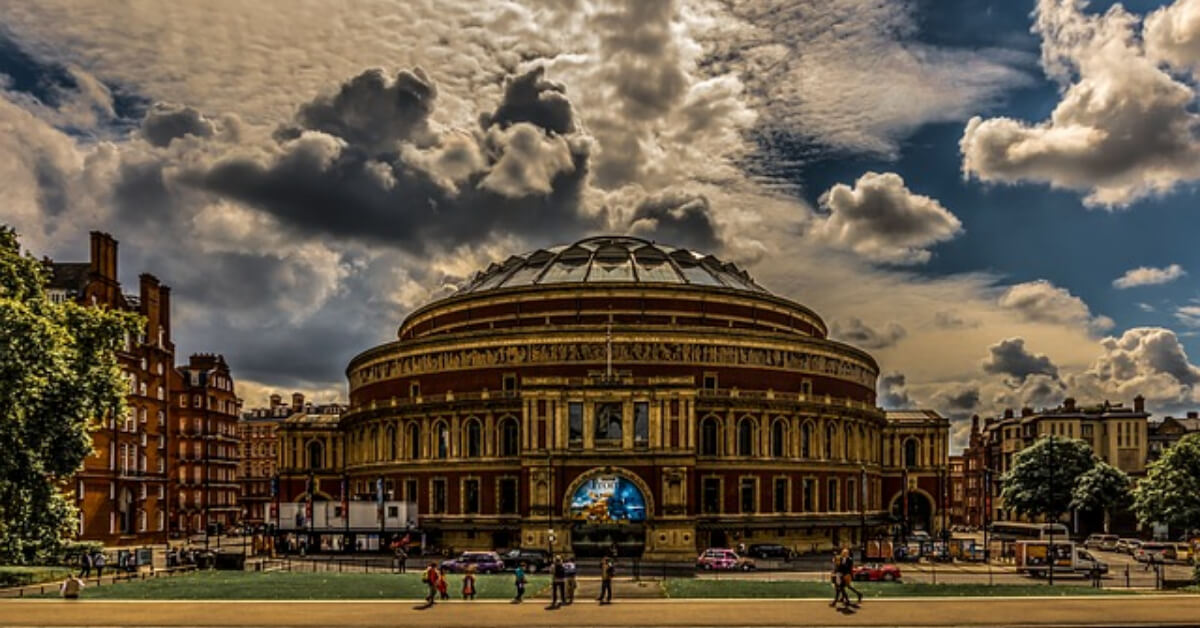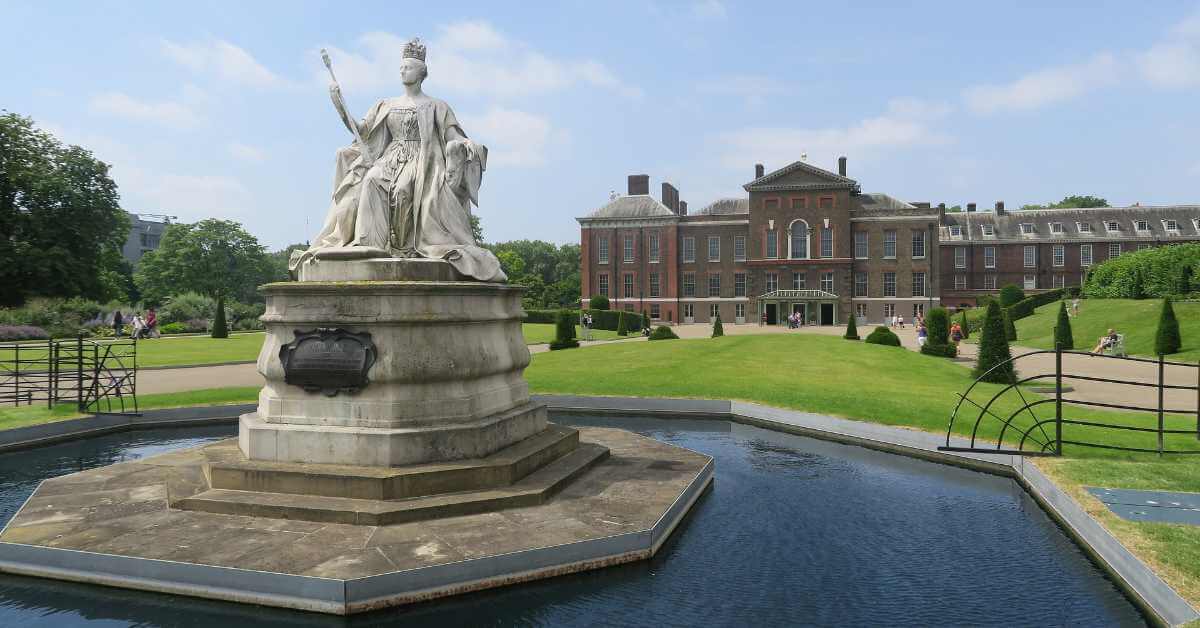For many people, the term “historic” means “old.” Old things may not be worth any trouble. However, there is a saying: “Beauty lies in the eyes of the beholder.” For contractors, there are lots of valuable, practical and cultural reasons for historic building restoration. And, preservation. Historic buildings are a part of your city’s history and heritage. They can offer opportunities for the future growth of your society.
Historical buildings are made with durable and long-lasting materials. The materials make them a considerable investment. Also, they often have a specific kind of craftsmanship and architectural design. The designs cannot be duplicated. Perhaps you deal with historic buildings. Maybe you need more knowledge on mansory and brick restoration, reading through this would help you a great deal.
Approaches To Handling Historic Properties
There are set standards on how you can treat historic properties. Treating them well will maximize their benefits. There are four approaches to managing landmark buildings. They are rehabilitation, reconstruction, preservation, and restoration. We present these approaches from the least, to the most intervention.
Rehabilitation
Rehabilitating a historic building acknowledges the requirement to add or alter the property. This is so it meets its changing or continuing uses. At the same time, it should retain its historic character. This is a simplified approach to treating historic buildings. And, there are flexible standards regarding the rehabilitation of historic properties at the local, state and federal level.
Reconstruction
This approach recreates the non-surviving or vanishing aspects of the historic building. Reconstructing these aspects are for interpretative objectives. Their restoration does not mean the total change of the broken artifacts or their disposal. It means remolding them but sustaining their former significance.
Preservation
Preservation of historic buildings focuses on maintaining their stabilization. It also involves the repair of their existing historic equipment. Preserving historic properties means its retention in property form as it evolves.
Restoration
Restoration of a historical building depicts that the property is in existence at a precise time in its history. Consequently, the evidence of it being available in other previous times are removed. It may be that some aspects of the building have lost their heritage. Restoring the building brings back such significance.
Benefits Of Historical Building Restoration
Restoring Buildings Strengthens Communities
Restoration of historic buildings is assets to your community. In some cities, reconstruction can look absurd if the historic buildings are constructed in the middle of an ancient society. This can make it challenging to rent out or sell the reconstructed property. The Advisory Council for Historic Preservation asserts that home values within a historical environment rise faster. These values are more prominent there than in modern areas. Hence, buyers will be willing to pay a premium for buildings in historic districts.
Historic Buildings Are Culturally Rich
A community is said to be rich in culture when it has a substantial appearance of historical eras. Even the residents are prideful of their community’s history. Instead of demolishing your historical buildings, their restoration and rehabilitation will give a positive effect on your neighborhood.
Historical Buildings Are Visually Appealing
Restoration of historic buildings does not only present opportunities for money saving. This is because preserving the building materials is a responsible way to invest in visual appeals. Also, historic building restoration preserves natural resources. It provides you with attractive and usable buildings on developed lands. It is beneficial to contractors as it gives them existing elements of architectural history that cannot be duplicated. As a centre of attraction for tourism, you can benefit some revenue from historical buildings.
Historic Buildings Are Unique
Restoration of historical buildings safeguards their uniqueness. So much that it is difficult to find another building similar to the old ones, or with the same significance. When visitors enter historic buildings, they experience a nostalgic feeling each time which no other kind of structure can provide. Thus, every landmark building is unique in itself.
Dangers Of Not Restoring Historic Buildings
As stated earlier, the restoration of historic buildings gives them intrinsic value. They are assets to the communities in which they exist, as well as to the residents of such communities. Tearing down an ancient building is not a great move. You never can tell exactly what you are destroying in it. Some of these buildings are of a particular era, and they constitute rare materials such as heart pine or hardwood. These materials are got from old-growth forests which may not exist any longer.
Destroying the historic building can lead to damaging elements of history that you can never retrieve. Apart from this consequence, you may lose the opportunity to use the building as a historic landmark which serves as its selling point. The potential buyers would like to know the history of the buildings they want to move into. This is because the foundational history of the building contributes to the personality of such a building. Historical restoration aims to keep the identity and character of the building intact, to attract not only but also tourists and foreigners to the building.
How Does Historic Building Restoration Work?
The restoration of a historic building is usually done with a doff cleaning system. Using high-pressure steam, the doff system involves cleaning all kinds of mansory, concrete, and stonework. The temperature is high, but the volume of water is low. When this is used with gentle pressure, it easily removes grime, dirt, and debris on the building.
The doff cleaning system is compatible with historic buildings during restoration. The cleaning machines refrain the quantity of water required. Every drop goes to coursing the structures without any waste. Besides the minimal energy needed to operate and the lack of caustic or harmful chemicals required, the doff steam cleaners provide a low carbon footprint. This is a high selling point for people who deal with large historic buildings and wish to remain and contribute to a neater environment.
Due to the low pressure of this method, the surface of the structure or building does not become saturated with moisture. And, when the temperature is on an average level, the exterior of the building can dry within minutes. This, therefore, is perfect for historic properties or structures which are constructed with unusual, potentially delicate materials. The materials require a more sensitive touch.
Many masonry and brick managers rely on the doff cleaning system to terminate algae, fungi, and moss. This is due to the elimination of live and visible spores. Hidden spores are killed too. This method prevents the regrowth of these organisms. Thereby, it keeps the surfaces clean for several years. The doff cleaning system eliminates the requirement of a chemical biocide for protection against unwanted biological activities.
Other Uses Of The Doff Cleaning System In Historic Building Restoration
Cleaning with the doff system is exceptionally versatile. It is useful in removing many common and hard blemishes and stains. They include:
- Removing wax coatings
- Removing paint coatings
- Remove paint from brick
- Destroying bird fouling or unsightly vermin
- Removing certain kinds of graffiti
Listed Building Restoration
The success of your restoration project, especially when it involves listed buildings, depends solely on the experience and skills of the workers you employ for it. If your building is listed, the entire structure will be protected. It includes internal features. This means that any restoration will require consent for the listed building. The planning period is initially critical. It will distinguish between the merely adequate and perfect result.
Who To Employ For Your Listed Building Restorations
At the least, you should hire an architect for your listed building to bring restoration ideas. Then you need a structural engineer. The engineer should advise you on the best way to achieve those ideas. Also, you need reputable consultants. They will ensure that your listed building restoration project conforms to the instructions of planners. And, it will be acceptable to listed building officials.
How To Get A Listed Building Restoration Consent
Getting a listed building consent to validate your restoration process is obtainable. This is possible when you submit your application to the council. However, if you plan to work on both the exterior and interior parts of the building, you will also need to tender an application. The application is for planning permission. Although, the controls of listed buildings take precedence. You may also need to reconsider your restoration project if the listed building situates in a conservation area.
Being the owner of a listed building does not mean that you are prevented from creating an exemplary space. Space which perfectly harmonises with its historical context. That is, before the original listing. Find a company that will help you achieve this restoration. Your contractor and local conservation team should assist you. They should design your whole building without compromising the unique features of such a structure.
At Basildon Stone, we are competent in historic building restorations. Also, in stone conservations, repairs, cleaning, and protection. We employ a vast range of techniques. We aim to attain the required and appropriate solution to problems affecting your old buildings. Our consultants give accurate advice on the proposed restoration project of your building. Preserving the originality of your historic building is our utmost interest!

